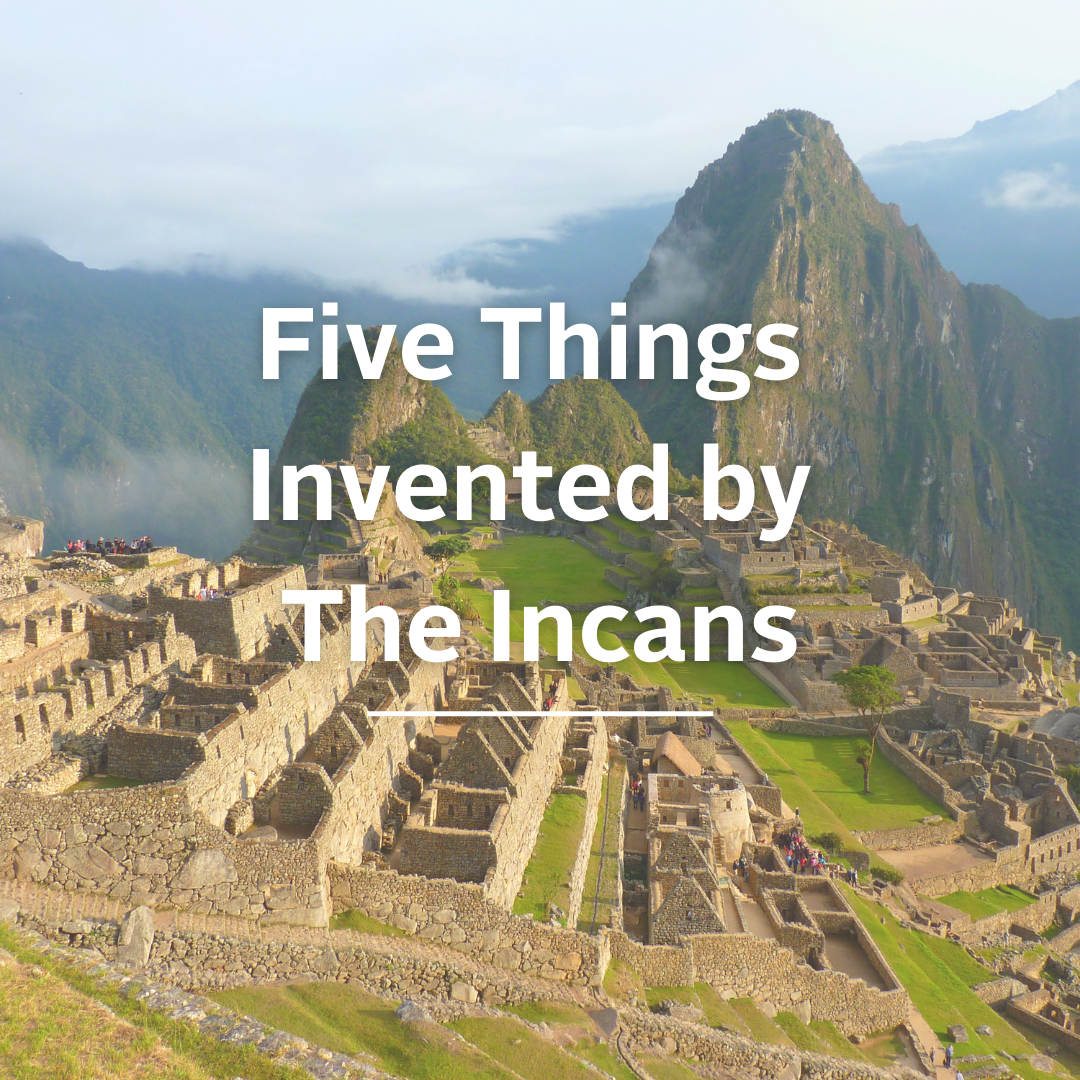The Incans of Peru are one of their time's innovative and prosperous civilizations. The Incan Empire was the largest pre-Columbian empire in the Americas. with its kingdom’s size and power comparable to Eurasian empires, the Incans made many inventions
The Incans’ inventions have undoubtedly helped shape the modern world. Here are five inventions made by the Incans.
Accounting
The Incans, as an empire, involved themselves exchange of goods with other peoples. Thus, eventually, asystem of accounting had to be invented.
Accountants of the Incan Empire were calledQuipu kamayuq. They invented and read quipu knots, a unique accounting system for tax and exchange records. They kept track of the nation’s economic output and recorded people’smita, an Incan form of taxation.
The quipu system may not have survived today, but the detailed recording of traded goods was the foundation of today’s mathematical accounting.
Brain Surgery
Archaeologists have discovered some early Incan skulls having surgically made holes, evidence of Incans performing an ancient form of brain surgery called trepanation. This was applied to warriors and males suffering head trauma from combat.
Further archeological studies showed that this method of treating head trauma was used by Incan healers to treat cranial anatomy. Healers didn't have access to anesthetics and antibiotics but instead used herbs and wild plants to treat the wounds. With the discovered skulls, about 70% had marks of bone recovery, which indicated the early Incan brain surgeries were quite successful.
Roads
One of the great inventions of the Incan Empire that still holds structurally to this day is the qhapaq ñan, or theRoyal Highway. The Royal Highway is a road network covering 40,000 km that runs primarily north and south of the Incan Empire.
The roads were built using wood, stone, and bronze tools. The highway had stations and complexes around every few kilometers, providing shelter to traveling royals and armies.
Incan road systems follow their geography's natural contours instead of a straight line. The roads were maintained, and a road drainage system was made. The whole network was elaborately made around four meters wide. The broadest road is fifteen meters, intricately designed and constructed as a testament to the empire's power and the city of Cuzco.
Effective Government
The Incan empire could thrive and dominate South America primarily because of a robust ruling government. Cuzco was the central ruling city where theSapa Inka (supreme ruler) resided.
The empire sees through the other cities and villages using a decimal administration system. The lowest administrator,Chunka kamayuq, organizes ten male heads of household for tax collection and military recruitment. Higher administrators then govern the lower ones. TheHunu kuraka is the highest assigned administrator, seeing through about 10,000 taxpayers.
The Incans made this system to organize their governance and collect taxes effectively.
Communications Network
The Incan civilization didn't use the quipu knots exclusively for numbers, but it was a form of writing. Incan society didn't have paper but instead used quipu knots to relay written messages to each other. The different thread colors and knots were meant differently and could be read by trained citizens.
Because of the roads invented by the Incan empire,trained messengers could deliver messages to different cities. They were tasked to memorize the news and bring Quipu knots. Inca roadrunners were fast, too. They cover an average of 400 kilometers in a day.
The Incan Empire may not be famous for it, but their inventions became pillars of today’s societies. They gave a guide on the fundamentals needed for civilizations to succeed.





